#ptolemaic
Explore tagged Tumblr posts
Text

Head of Cleopatra I or her daughter, Cleopatra II
Ptolemaic Period, ca. 181-164 BC. From Azarita, Alexandria. Now in the Graeco-Roman Museum, Alexandria. T0030
Photo: Sandro Vannini
137 notes
·
View notes
Text
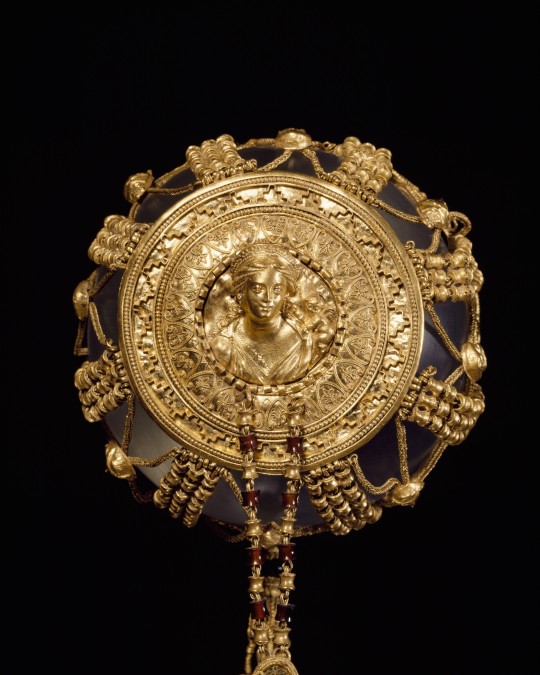
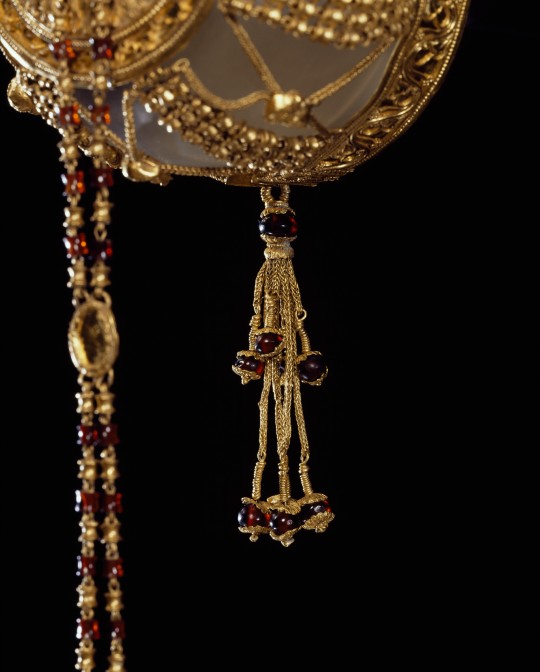
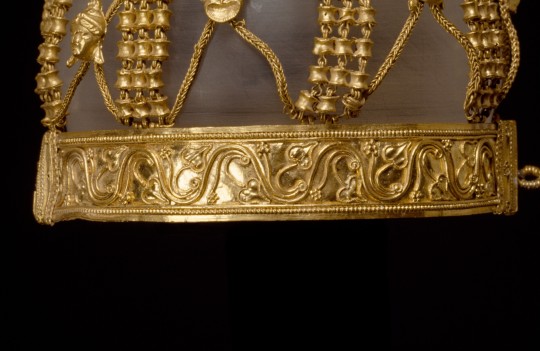
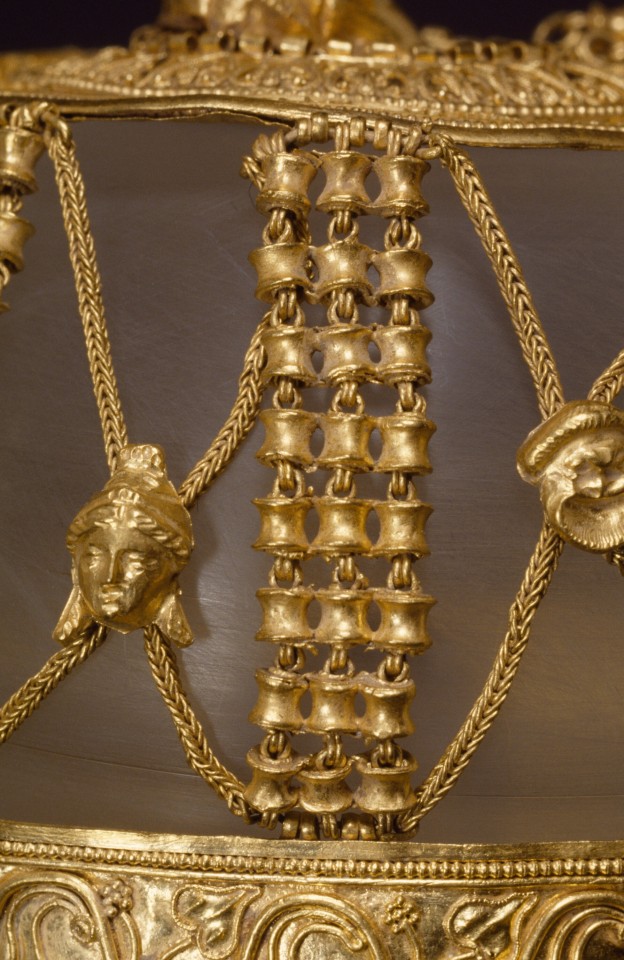
Gold hairnet, Ptolemaic, 225-175 BCE
From the Getty Villa Museum
#hairnet#gold#fashion#fashion history#accessory#history#225 bce#200s bce#175 bce#100s bce#bce#ancient#ptolemaic#ancient greek#ancient egyptian#greek#egyptian#ancient greece#ancient egypt
979 notes
·
View notes
Text

oinochoe depicting Berenikē II Euergetis | c. 243 - 222 BCE | egypt, ptolemaic kingdom
Inscribed on the altar, "theôn euergetôn" - "of the benefactor gods". Inscribed above the altar (on the shoulder of the vase), " Berenikês Basilissês agathês tuchês" - "for the good fortune of queen Berenike"
in the j. paul getty museum collection
153 notes
·
View notes
Text
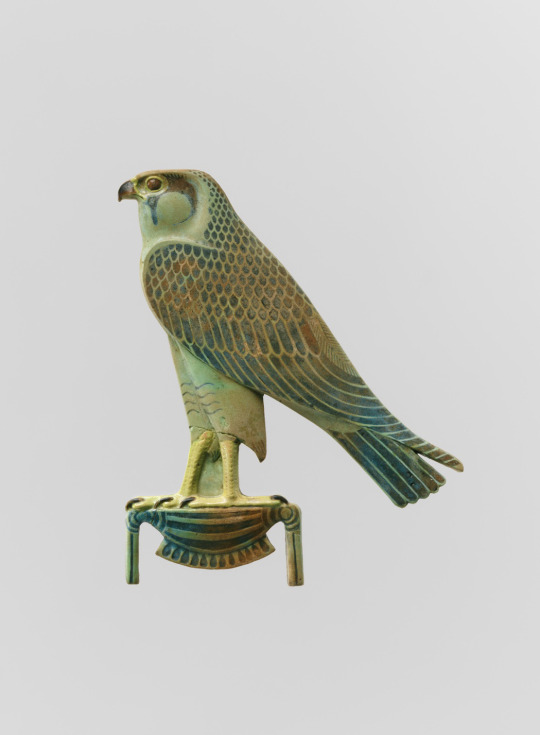
Inlay Depicting "Horus of Gold"
Egypt, Late Period–Ptolemaic Period, 4th century B.C
711 notes
·
View notes
Text

Hypatia, you deserved so much better
171 notes
·
View notes
Text
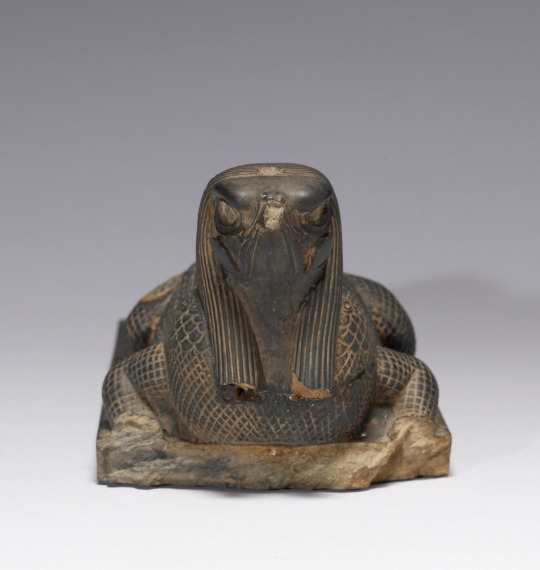

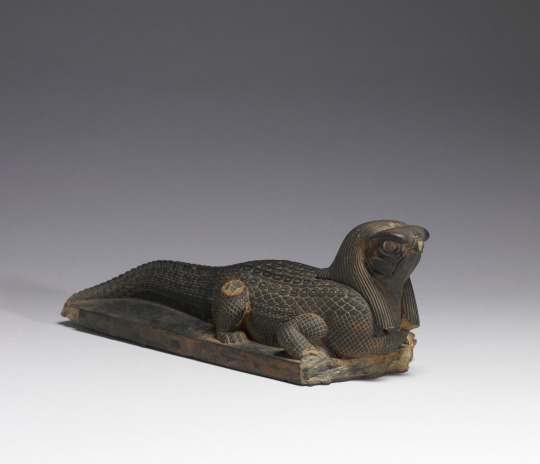
~ Statue of a Crocodile with the Head of a Falcon.
Culture: Egyptian
Date: ca. 380-250 B.C.
Period: Late Period-early Ptolemaic Period; 30th Dynasty
Medium: Steatite
#ancient#ancient art#history#museum#archeology#ancient egypt#ancient sculpture#ancient history#archaeology#Egyptian#egyptology#Egypt#crocodile#falcon#ptolemaic#late period#30th dynasty#steatite#ca. 390 b.c.#ca. 250 b.c.
3K notes
·
View notes
Text
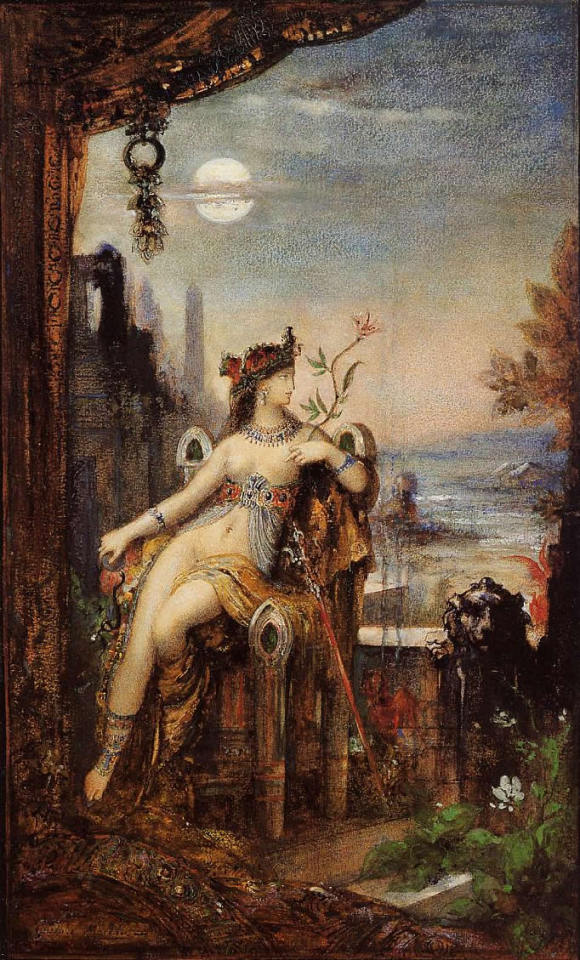
Cleopatra
By Gustave Moreau
Watercolor Painting, c. 1887
Private Collection.
I love her nose in this painting. She's everything I want to be. She's also definitely a capricorn 👅
#im back#long time no see#aesthetic#art#artwork#painting#history#19th century#19th century painting#gustave moreau#cleopatra#royalty#ancient#ancient egypt#ancient history#watercolor#watercolor art#art blog#egypt#ptolemaic#macedonian#French#french painting#french art#french artist#victorian#third republic#belle epoque#symbolism#mystical
88 notes
·
View notes
Text

| Inlay of the god Thoth striding with the feather of Ma'at | 🪶 {Late Period-Ptolemaic period, Hermopolis, on display at the Met Museum}
#ancient egypt#ancient art#inlay#late period#ptolemaic#djehuty#thoth#egypt#egyptology#egyptian#greco roman#kemet#kemetic
116 notes
·
View notes
Text

Head of a lion, Late Period–Ptolemaic Period, 400–300 B.C.
Gypsum plaster,
H. 42.5 x W. 40 cm (16 3/4 x 15 3/4 in.)
On view at The Met Fifth Avenue
#art#history#design#style#archeology#sculpture#antiquity#head#lion#egypt#late period#ptolemaic#gypsum#plaster#the met
218 notes
·
View notes
Text

Ptolemaic Bronze Head of an Ethiopian. 4th-1st century BCE.
#reddit#mrdangerman#artefactporn#bronze#ptolemaic#head#ethiopian#art#4th - 1st c bce#east africa#africa#black history month
71 notes
·
View notes
Text

Bronze statuette intended to hold a mummified cat, Ptolemaic Egypt, 330-30 BC
from The Metropolitan Museum of Art
445 notes
·
View notes
Text

Relief of Banebdjedet of Mendes in the Temple of Khnum at Esna.
1K notes
·
View notes
Text
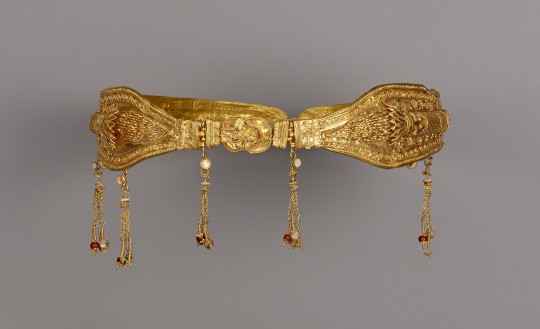
Diadem, Ptolemaic, 225-175 BCE
Gold, glass paste, bone or pearl, garnet, cornelian, and moonstone
From the Getty Villa Museum
#diadem#gold#fashion#fashion history#accessory#history#225 bce#200s bce#175 bce#100s bce#bce#ancient#ptolemaic#ancient greek#ancient egyptian#greek#egyptian#ancient greece#ancient egypt
458 notes
·
View notes
Text

sculptor's model or votive offering | c. 2nd or 1st century BCE | egypt, ptolemaic dynasty
in the museum folkwang collection
113 notes
·
View notes
Text

Ring Inscribed with Hieroglyphs
Egyptian, Probably Ptolemaic Period (332–30 BCE)
Upon death, people who were thought to have lived moral lives were reborn in the afterlife as a form of the god Osiris. This ring is inscribed with the title “Osiris,” followed by the owner’s names and titles, attesting to his faith that he would become one with the god after death.
369 notes
·
View notes
Text



Meet Qenherkhepeshef, an egyptian stone-cutter. He is unsettled by the customs of DogHead Island but is certain his amulet of Horus, worn smooth from centuries of rubbing fingers, will protect him from danger.
Its been ages since my last Hestia update, but things are going really well and I'm ready to start sharing some more of my process as I finalize my outline and start designing the rest of my cast of characters. Today on the blog I have three pages of sketchbook concepts, a link to a recorded stream that features my copic marker process, and a preview of a new series I'm writing on the craft of storytelling---using John Truby's Anatomy of Story framework and John Boorman's Excalibur (1981).
For $1 a month / $10 a year you can support me on patreon.
#hestia#my art#copic marker#copic markers#illustration#artists on tumblr#copics#copic art#comics#ancient greece#ancient egypt#ptolemaic#ancient history#antiquity#archaeology
16 notes
·
View notes